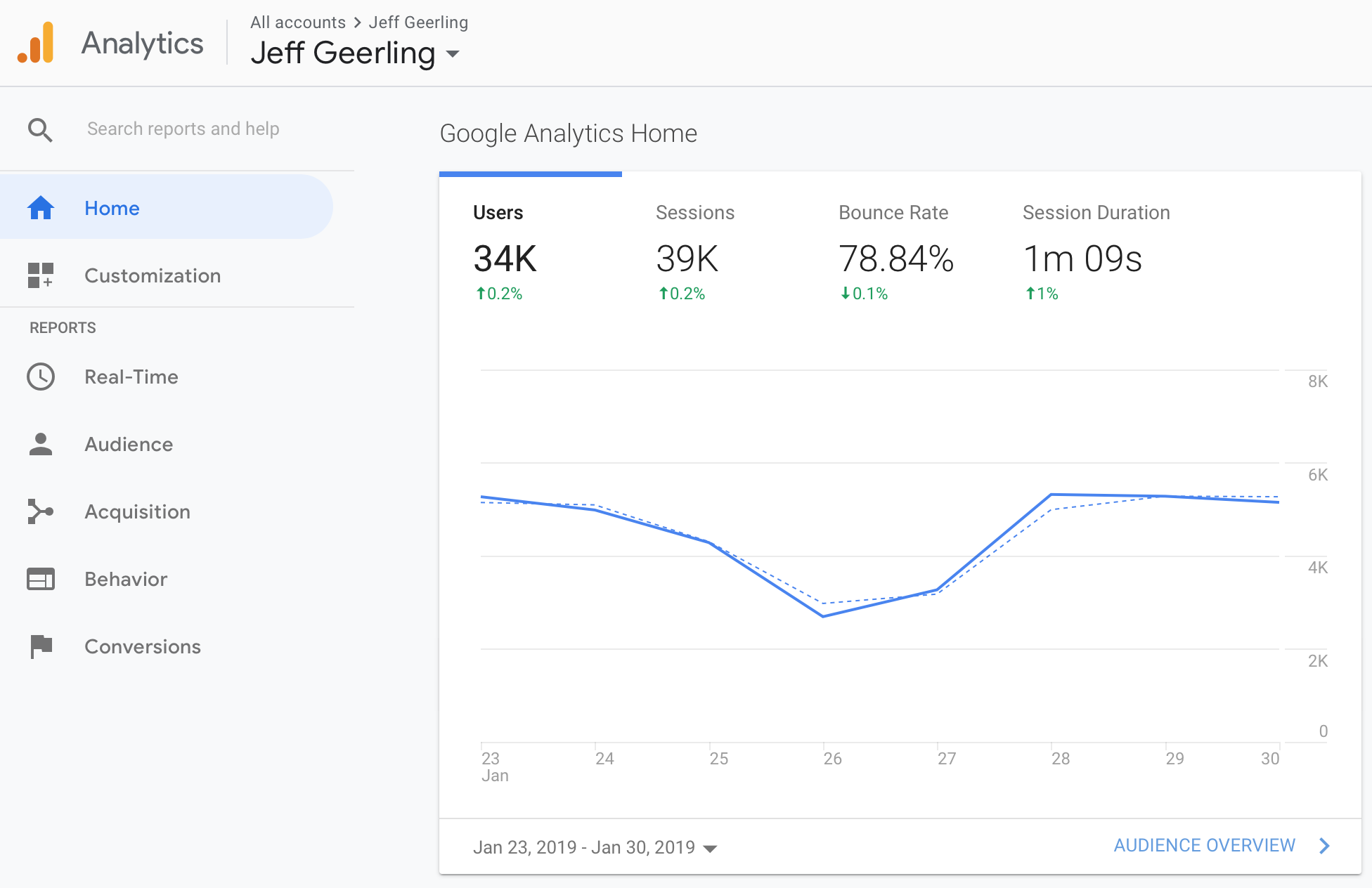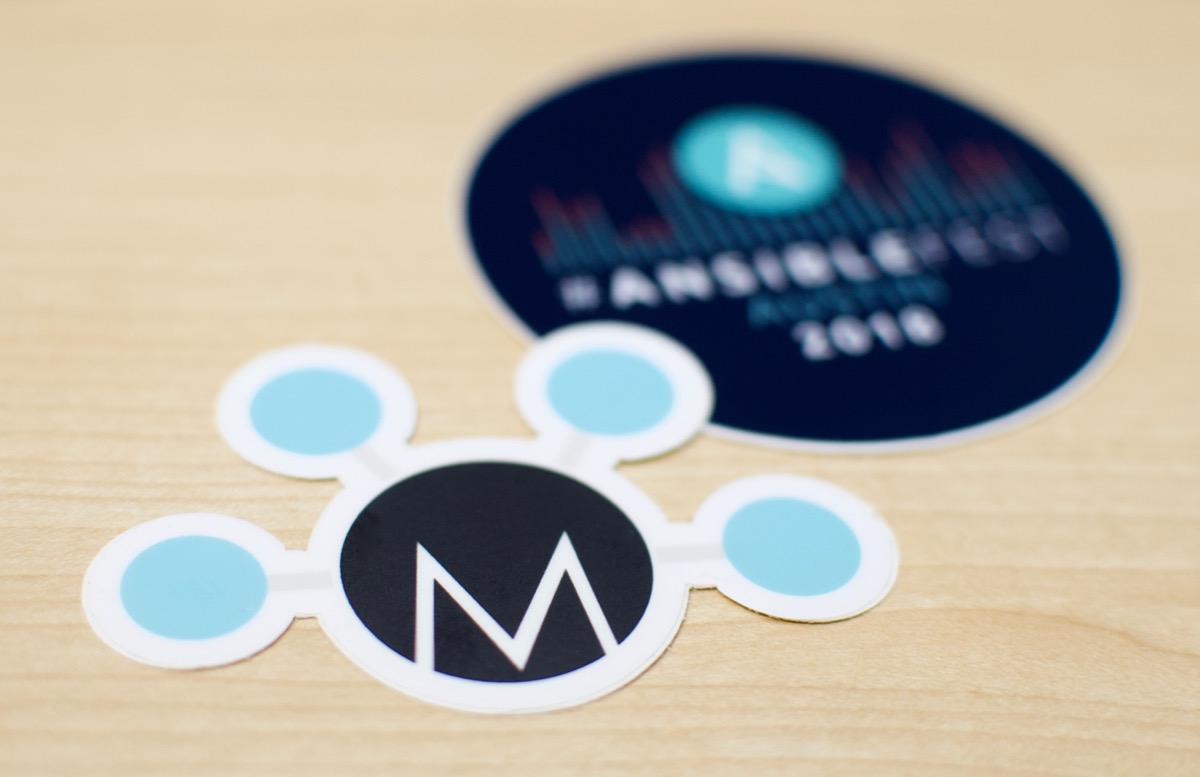Mcrouter Operator - demonstration of K8s Operator SDK usage with Ansible
It wouldn't surprise me if you've never heard of Mcrouter. Described by Facebook as "a memcached protocol router for scaling memcached deployments", it's not the kind of software that everyone needs.
There are many scenarios where a key-value cache is necessary, and in probably 90% of them, running a single Redis or Memcached instance would adequately serve the application's needs. There are more exotic use cases, though, where you need better horizontal scaling and consistency.

